You can contact LEARNZ, part of CORE Education, at:
Postal Address:
PO Box 13 678,
Christchurch 8141,
New Zealand
Just like in other parts of Aotearoa the main threats to Fiordland and its biodiversity come from pest plants, pest animals, and human activity.
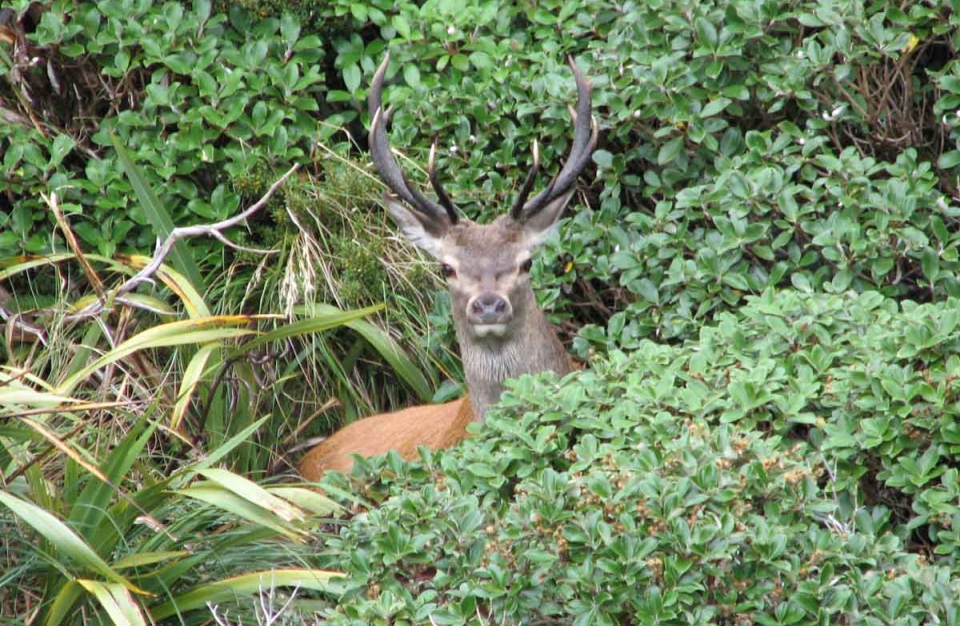
New Zealand has been separated from other land masses for over 80 million years. Throughout this time our native wildlife and plants learned to live without land mammals. The only mammals living here during that time were bats.
When people arrived, they also brought in land mammals. Sometimes this was by choice (for example, rabbits) and sometimes accidental (for example, ship rats). These animals took a serious toll on the survival of our native plants, birds, reptiles and invertebrates.
New Zealand’s special biodiversity was unable to deal with the threat. In many parts of the country these introduced animals are now pests.
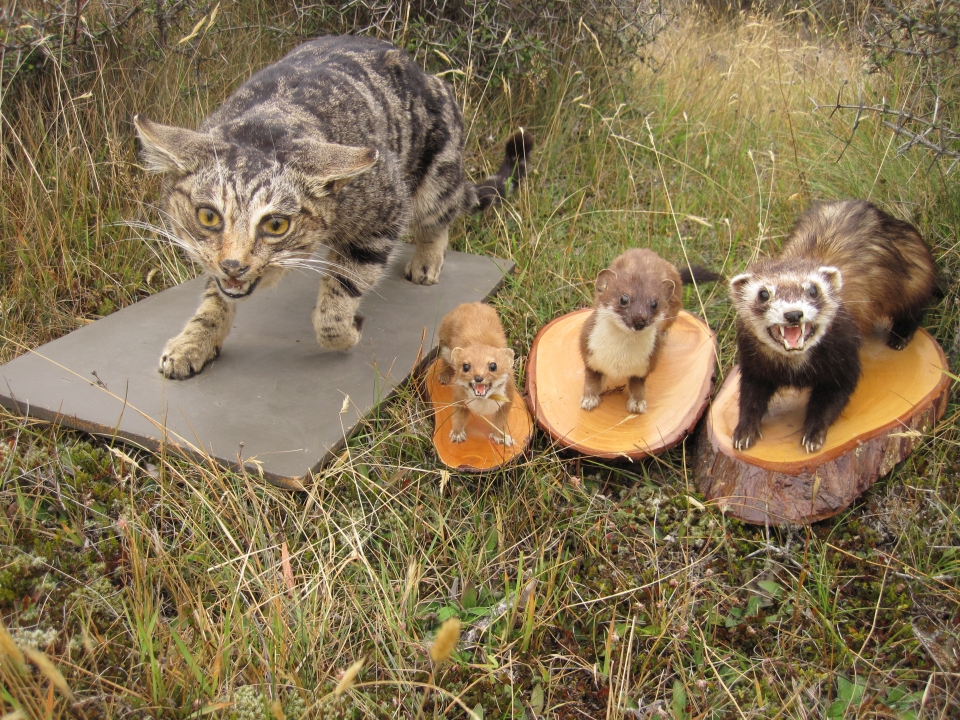
Pests such as possums, rats, feral cats and stoats compete with our native birdlife for food and habitat. They can eat the eggs and young and attack the adults. They also eat other species, including reptiles and invertebrates. These animals are often called predators.
Larger pests such as deer and goats can damage native forests by feeding on forest plants, trees and seedlings.
Large pest animals can stop forests regenerating because they eat young seedlings. Pigs stop forest growth by digging up the forest floor in search of grubs and roots.
The main pests in Fiordland are stoats, ferrets, weasels, Norway rats, ship rats, mice, possums, cats, red deer and sometimes pigs.
Find out more about the different animal pests in New Zealand.
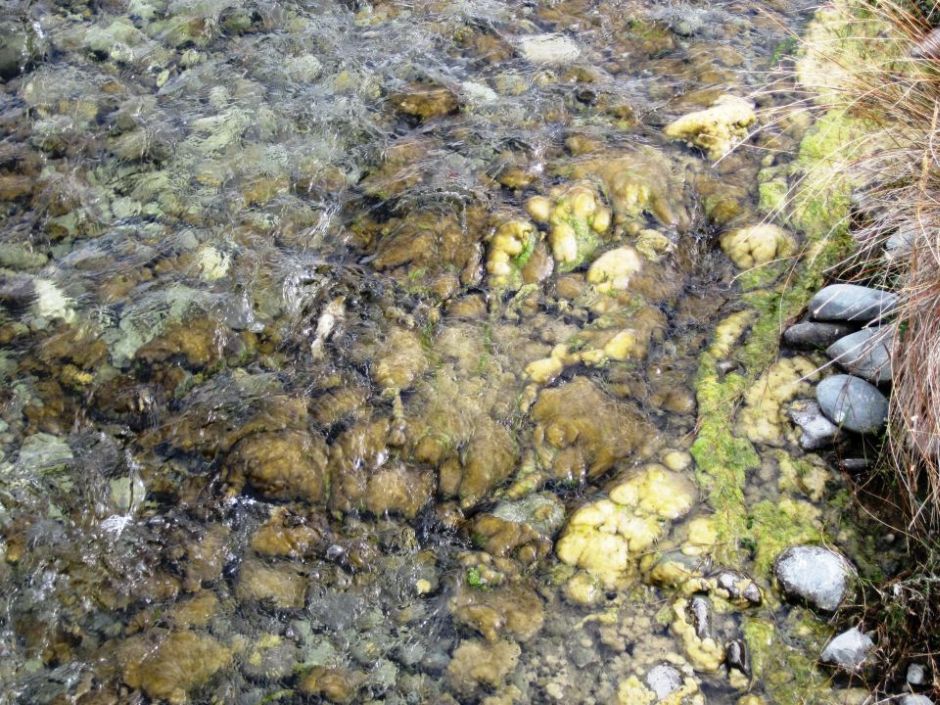
There are now more introduced plant species growing wild in New Zealand than native plant species. Weeds threaten the long-term survival of some native animals by:
Weeds threaten our natural ecosystems. They out-compete native vegetation and lead to ecosystems that are not good habitat for native species.
People brought most of New Zealand’s weeds into the country as garden plants. There are over 24,000 introduced plants growing in gardens and nurseries in New Zealand. A rough rule of thumb is that 10% of these will establish in the wild, and 10% of these will become serious pests.
Most of the spread of weeds in New Zealand is because of people. They bring in new plants that spread and dump garden waste in bush reserves.
Aquatic weeds also threaten the fiords. Boats need to be cleaned and checked for weeds.
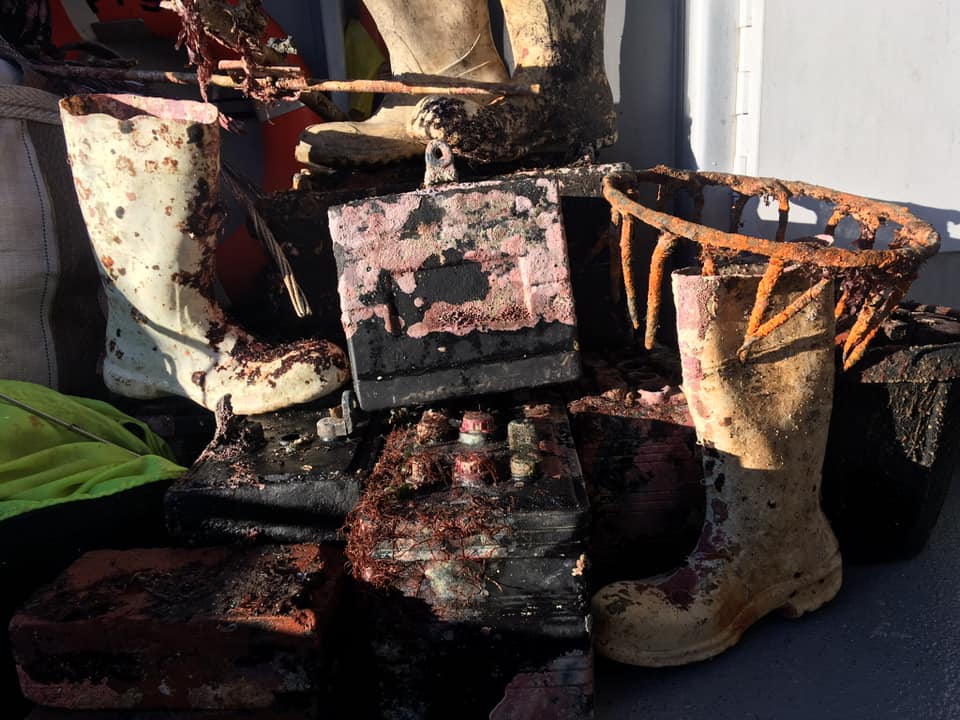
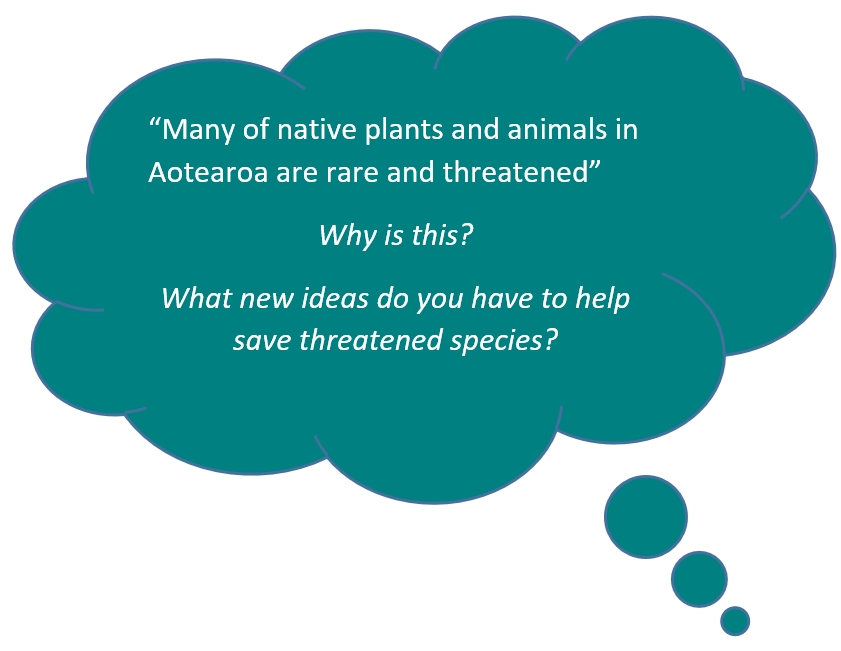
People can have a large impact on the environment. Before people arrived in Aotearoa New Zealand, the land was covered in bush. Three-quarters of it has since been burned or cut down. Over 90 percent of New Zealand’s wetlands have been drained or filled. Many of our lakes and rivers now have poor water quality.
Just a few changes in the way land is managed can make a big difference to the health of our environment.
Some of the major threats to the Fiordland environment caused by human activity include: